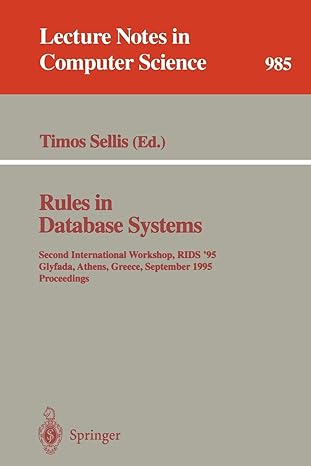Answered step by step
Verified Expert Solution
Question
1 Approved Answer
MAKE A PROJECT IN PYTHON USING OOPS 2-D COORDINATE SYSTEM WHICH DOES ALL THE FUNCTIONS OF 2D SYSTEM LIKE DISTANCE CALCULATE BETWEEN TWO POINTS,DISTANCE BETWEEN
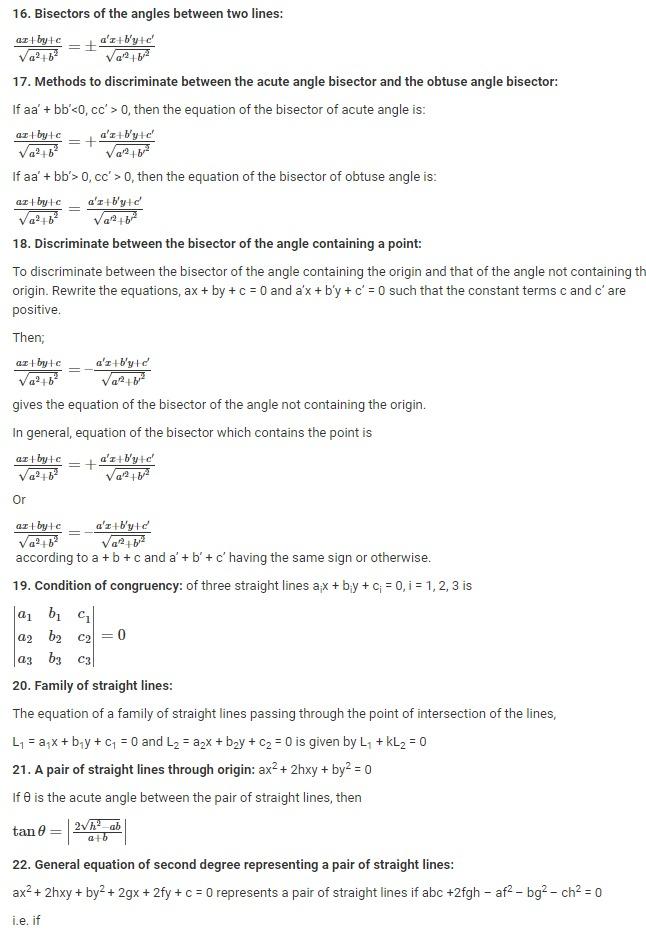
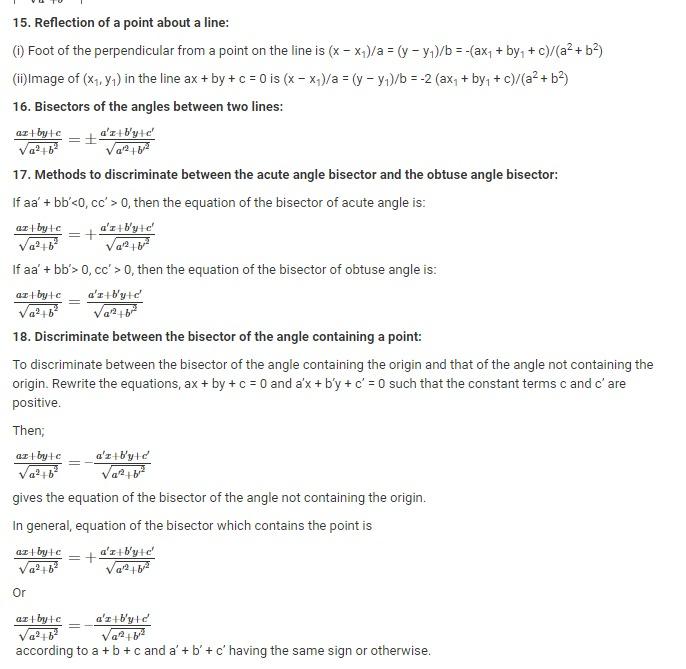
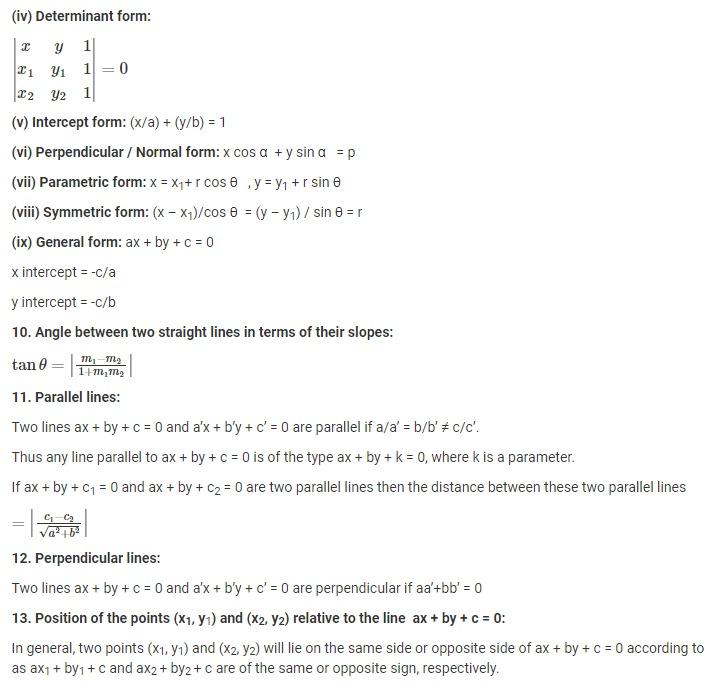
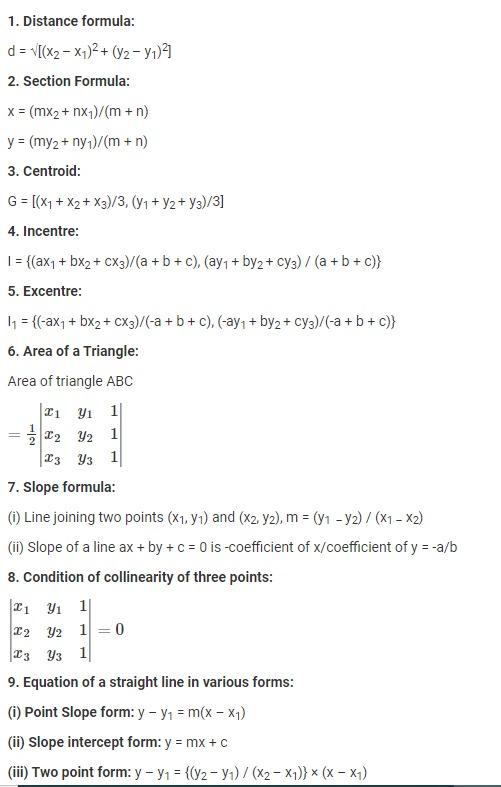
MAKE A PROJECT IN PYTHON USING OOPS 2-D COORDINATE SYSTEM WHICH DOES ALL THE FUNCTIONS OF 2D SYSTEM LIKE DISTANCE CALCULATE BETWEEN TWO POINTS,DISTANCE BETWEEN TWO PARALLEL LINES, AREA OF A TRIANGLE AND PLOT IT USING MATPLOTLIB CODE SHOULD BE BIG AROUND 300 LINES AND ALL FUNCTIONS DHOULD BE DONE.
16. Bisectors of the angles between two lines: a2+b2ax+by+c=a2+b2ax+by+c 17. Methods to discriminate between the acute angle bisector and the obtuse angle bisector: If aa+bb0, then the equation of the bisector of acute angle is: a2+b2ax+by+c=+a2+b2ax+by+c If aa+bb>0,cc>0, then the equation of the bisector of obtuse angle is: a2+b2ax+by+c=a2+b2ax+by+c 18. Discriminate between the bisector of the angle containing a point: To discriminate between the bisector of the angle containing the origin and that of the angle not containing th origin. Rewrite the equations, ax+by+c=0 and ax+by+c=0 such that the constant terms c and c are positive. Then; a2+b2ax+by+c=a2+b2ax+by+c gives the equation of the bisector of the angle not containing the origin. In general, equation of the bisector which contains the point is a2+b2ax+by+c=+a2+b2ax+by+c Or a2+b2ax+by+c=a2+b2ax+by+c according to a+b+c and a+b+c having the same sign or otherwise. 19. Condition of congruency: of three straight lines aix+biy+ci=0,i=1,2,3 is a1a2a3b1b2b3c1c2c3=0 20. Family of straight lines: The equation of a family of straight lines passing through the point of intersection of the lines, L1=a1x+b1y+c1=0 and L2=a2x+b2y+c2=0 is given by L1+kL2=0 21. A pair of straight lines through origin: ax2+2hxy+by2=0 If is the acute angle between the pair of straight lines, then tan=a+b2h2ab 22. General equation of second degree representing a pair of straight lines: ax2+2hxy+by2+2gx+2fy+c=0 represents a pair of straight lines if abc+2fghaf2bg2ch2=0 i.e. if 15. Reflection of a point about a line: (i) Foot of the perpendicular from a point on the line is (xx1)/a=(yy1)/b=(ax1+by1+c)/(a2+b2) (ii) Image of (x1,y1) in the line ax+by+c=0 is (xx1)/a=(yy1)/b=2(ax1+by1+c)/(a2+b2) 16. Bisectors of the angles between two lines: a2+b2ax+by+c=a2+b2ax+by+c 17. Methods to discriminate between the acute angle bisector and the obtuse angle bisector: If aa+bb0, then the equation of the bisector of acute angle is: a2+b2ax+by+c=+a2+b2ax+by+c If aa+bb>0,cc>0, then the equation of the bisector of obtuse angle is: a2+b2ax+by+c=a2+b2ax+by+c 18. Discriminate between the bisector of the angle containing a point: To discriminate between the bisector of the angle containing the origin and that of the angle not containing the origin. Rewrite the equations, ax+by+c=0 and ax+by+c=0 such that the constant terms c and c are positive. Then; a2+b2ax+by+c=a2+b2ax+by+c gives the equation of the bisector of the angle not containing the origin. In general, equation of the bisector which contains the point is a2+b2ax+by+c=+a2+b2ax+by+c Or a2+b2ax+by+c=a2+b2ax+by+c according to a+b+c and a+b+c having the same sign or otherwise. (iv) Determinant form: xx1x2yy1y2111=0 (v) Intercept form: (x/a)+(y/b)=1 (vi) Perpendicular / Normal form: xcos+ysin=p (vii) Parametric form: x=x1+rcos,y=y1+rsin (viii) Symmetric form: (xx1)/cos=(yy1)/sin=r (ix) General form: ax+by+c=0 x intercept =c/a y intercept =c/b 10. Angle between two straight lines in terms of their slopes: tan=1+m1m2m1m2 11. Parallel lines: Two lines ax+by+c=0 and ax+by+c=0 are parallel if a/a=b/b=c/c. Thus any line parallel to ax+by+c=0 is of the type ax+by+k=0, where k is a parameter. If ax+by+c1=0 and ax+by+c2=0 are two parallel lines then the distance between these two parallel lines =a2+b2c1c2 12. Perpendicular lines: Two lines ax+by+c=0 and ax+by+c=0 are perpendicular if aa+bb=0 13. Position of the points (x1,y1) and (x2,y2) relative to the line ax+by+c=0 : In general, two points (x1,y1) and (x2,y2) will lie on the same side or opposite side of ax+by+c=0 according to as ax1+by1+c and ax2+by2+c are of the same or opposite sign, respectively. 1. Distance formula: d=[(x2x1)2+(y2y1)2] 2. Section Formula: x=(mx2+nx1)/(m+n)y=(my2+ny1)/(m+n) 3. Centroid: G=[(x1+x2+x3)/3,(y1+y2+y3)/3] 4. Incentre: I={(ax1+bx2+cx3)/(a+b+c),(ay1+byy2+cy3)/(a+b+c)} 5. Excentre: I1={(ax1+bx2+cx3)/(a+b+c),(ay1+by2+cy3)/(a+b+c)} 6. Area of a Triangle: Area of triangle ABC =21x1x2x3y1y2y3111 7. Slope formula: (i) Line joining two points (x1,y1) and (x2,y2),m=(y1y2)/(x1x2) (ii) Slope of a line ax+by+c=0 is -coefficient of x/ coefficient of y=a/b 8. Condition of collinearity of three points: x1x2x3y1y2y3111=0 9. Equation of a straight line in various forms: (i) Point Slope form: yy1=m(xx1) (ii) Slope intercept form: y=mx+c (iii) Two point form: yy1={(y2y1)/(x2x1)}(xx1) 16. Bisectors of the angles between two lines: a2+b2ax+by+c=a2+b2ax+by+c 17. Methods to discriminate between the acute angle bisector and the obtuse angle bisector: If aa+bb0, then the equation of the bisector of acute angle is: a2+b2ax+by+c=+a2+b2ax+by+c If aa+bb>0,cc>0, then the equation of the bisector of obtuse angle is: a2+b2ax+by+c=a2+b2ax+by+c 18. Discriminate between the bisector of the angle containing a point: To discriminate between the bisector of the angle containing the origin and that of the angle not containing th origin. Rewrite the equations, ax+by+c=0 and ax+by+c=0 such that the constant terms c and c are positive. Then; a2+b2ax+by+c=a2+b2ax+by+c gives the equation of the bisector of the angle not containing the origin. In general, equation of the bisector which contains the point is a2+b2ax+by+c=+a2+b2ax+by+c Or a2+b2ax+by+c=a2+b2ax+by+c according to a+b+c and a+b+c having the same sign or otherwise. 19. Condition of congruency: of three straight lines aix+biy+ci=0,i=1,2,3 is a1a2a3b1b2b3c1c2c3=0 20. Family of straight lines: The equation of a family of straight lines passing through the point of intersection of the lines, L1=a1x+b1y+c1=0 and L2=a2x+b2y+c2=0 is given by L1+kL2=0 21. A pair of straight lines through origin: ax2+2hxy+by2=0 If is the acute angle between the pair of straight lines, then tan=a+b2h2ab 22. General equation of second degree representing a pair of straight lines: ax2+2hxy+by2+2gx+2fy+c=0 represents a pair of straight lines if abc+2fghaf2bg2ch2=0 i.e. if 15. Reflection of a point about a line: (i) Foot of the perpendicular from a point on the line is (xx1)/a=(yy1)/b=(ax1+by1+c)/(a2+b2) (ii) Image of (x1,y1) in the line ax+by+c=0 is (xx1)/a=(yy1)/b=2(ax1+by1+c)/(a2+b2) 16. Bisectors of the angles between two lines: a2+b2ax+by+c=a2+b2ax+by+c 17. Methods to discriminate between the acute angle bisector and the obtuse angle bisector: If aa+bb0, then the equation of the bisector of acute angle is: a2+b2ax+by+c=+a2+b2ax+by+c If aa+bb>0,cc>0, then the equation of the bisector of obtuse angle is: a2+b2ax+by+c=a2+b2ax+by+c 18. Discriminate between the bisector of the angle containing a point: To discriminate between the bisector of the angle containing the origin and that of the angle not containing the origin. Rewrite the equations, ax+by+c=0 and ax+by+c=0 such that the constant terms c and c are positive. Then; a2+b2ax+by+c=a2+b2ax+by+c gives the equation of the bisector of the angle not containing the origin. In general, equation of the bisector which contains the point is a2+b2ax+by+c=+a2+b2ax+by+c Or a2+b2ax+by+c=a2+b2ax+by+c according to a+b+c and a+b+c having the same sign or otherwise. (iv) Determinant form: xx1x2yy1y2111=0 (v) Intercept form: (x/a)+(y/b)=1 (vi) Perpendicular / Normal form: xcos+ysin=p (vii) Parametric form: x=x1+rcos,y=y1+rsin (viii) Symmetric form: (xx1)/cos=(yy1)/sin=r (ix) General form: ax+by+c=0 x intercept =c/a y intercept =c/b 10. Angle between two straight lines in terms of their slopes: tan=1+m1m2m1m2 11. Parallel lines: Two lines ax+by+c=0 and ax+by+c=0 are parallel if a/a=b/b=c/c. Thus any line parallel to ax+by+c=0 is of the type ax+by+k=0, where k is a parameter. If ax+by+c1=0 and ax+by+c2=0 are two parallel lines then the distance between these two parallel lines =a2+b2c1c2 12. Perpendicular lines: Two lines ax+by+c=0 and ax+by+c=0 are perpendicular if aa+bb=0 13. Position of the points (x1,y1) and (x2,y2) relative to the line ax+by+c=0 : In general, two points (x1,y1) and (x2,y2) will lie on the same side or opposite side of ax+by+c=0 according to as ax1+by1+c and ax2+by2+c are of the same or opposite sign, respectively. 1. Distance formula: d=[(x2x1)2+(y2y1)2] 2. Section Formula: x=(mx2+nx1)/(m+n)y=(my2+ny1)/(m+n) 3. Centroid: G=[(x1+x2+x3)/3,(y1+y2+y3)/3] 4. Incentre: I={(ax1+bx2+cx3)/(a+b+c),(ay1+byy2+cy3)/(a+b+c)} 5. Excentre: I1={(ax1+bx2+cx3)/(a+b+c),(ay1+by2+cy3)/(a+b+c)} 6. Area of a Triangle: Area of triangle ABC =21x1x2x3y1y2y3111 7. Slope formula: (i) Line joining two points (x1,y1) and (x2,y2),m=(y1y2)/(x1x2) (ii) Slope of a line ax+by+c=0 is -coefficient of x/ coefficient of y=a/b 8. Condition of collinearity of three points: x1x2x3y1y2y3111=0 9. Equation of a straight line in various forms: (i) Point Slope form: yy1=m(xx1) (ii) Slope intercept form: y=mx+c (iii) Two point form: yy1={(y2y1)/(x2x1)}(xx1)Step by Step Solution
There are 3 Steps involved in it
Step: 1

Get Instant Access to Expert-Tailored Solutions
See step-by-step solutions with expert insights and AI powered tools for academic success
Step: 2

Step: 3

Ace Your Homework with AI
Get the answers you need in no time with our AI-driven, step-by-step assistance
Get Started


